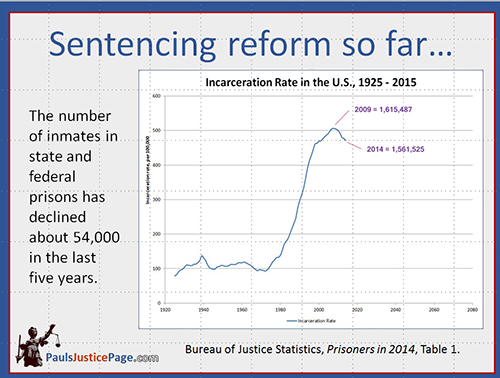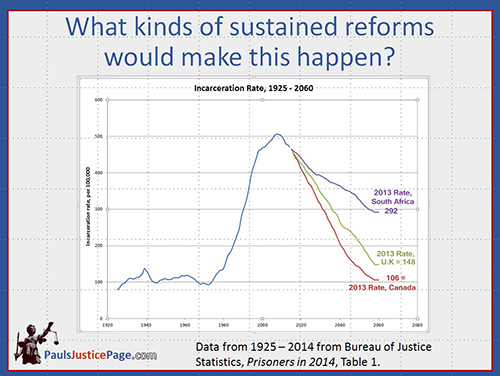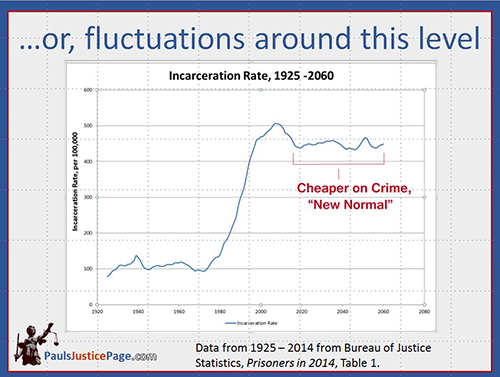Why Is There No Criminology of Wage Theft?
I used the 2016 American Society of Criminology Conference to present on a new line of research.
Why is there no criminology of wage theft? (wrongful withholding of $50 billion of wages earned)
Wage theft, also known as wage and hour violations, happen when employers do not pay employees for all the hours they worked, do not pay them time and a half for overtime, make wrongful deductions, use interns for work rather than educational experiences, and/or wrongfully deny breaks permitted under law or contract. The Economic Policy Institute estimates that this problem is $50 billion a year, compared with the $14 billion in property crime reported by the FBI. But there is no criminological literature on the topic, and even many white collar crime books do not mention it. This presentation provides a background on wage and hour laws, which include federal laws allowing for incarceration. It reviews the problem of wage theft, the lack of capable guardians, along with reasons why the discipline and our students should study it. The presentation concludes with thoughts on why there is no criminology of wage theft and how to start one.
No Criminology of Wage Theft? (wrongful withholding of $50 billion of wages earned) by Dr Paul Leighton on Scribd
download .pptx of presentation
See also, Why Inequality Matters for Criminology and Criminal Justice


